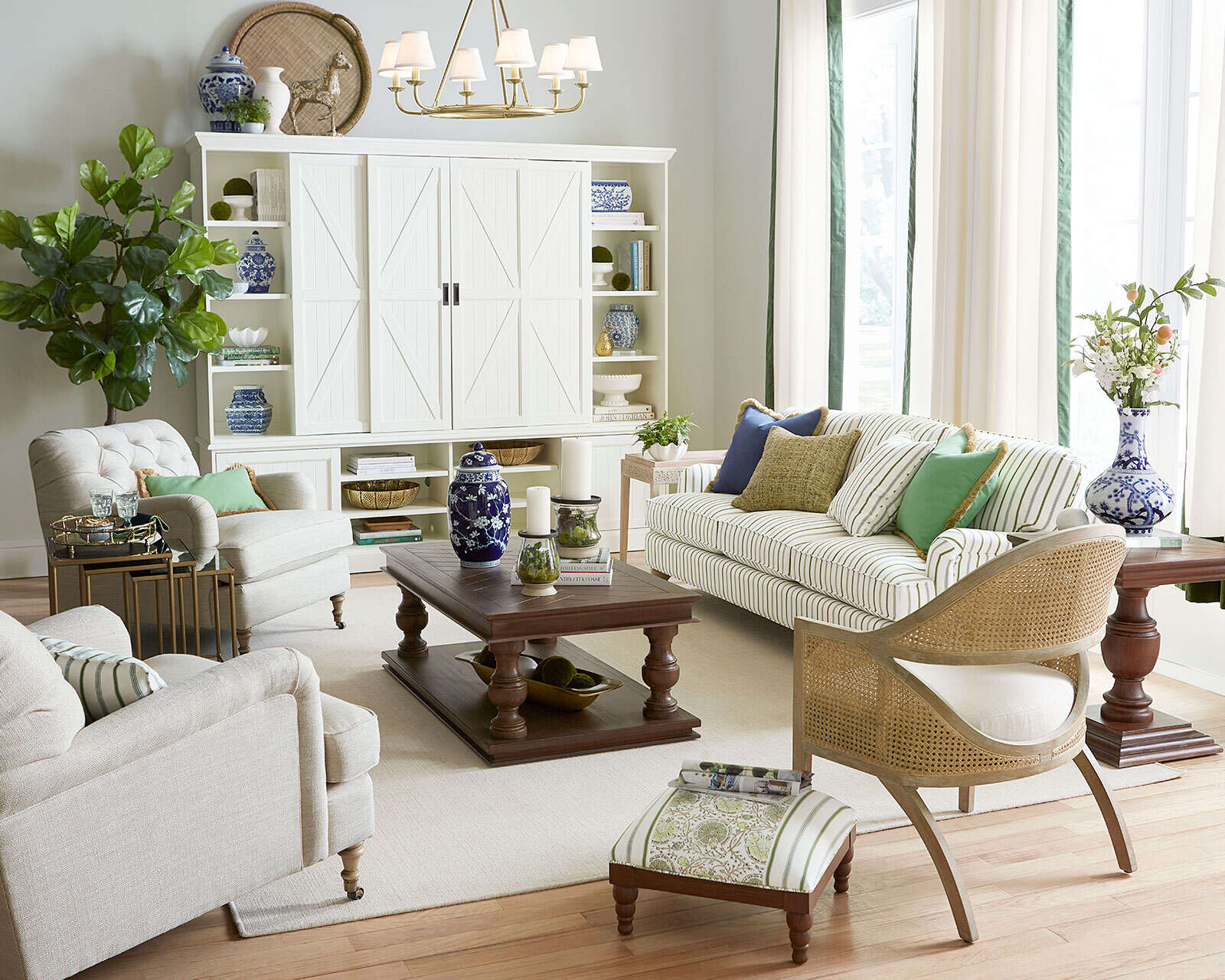

Articles
How To Add Color To Neutral Living Room
Modified: January 18, 2024
Learn how to add color to your neutral living room with these informative articles. Transform your space with vibrant accents and bold style choices.
(Many of the links in this article redirect to a specific reviewed product. Your purchase of these products through affiliate links helps to generate commission for Storables.com, at no extra cost. Learn more)
Introduction
When it comes to designing a living room, many people opt for neutral colors as a safe and timeless choice. Neutral tones such as white, beige, and gray create a calm and soothing ambiance, but they can sometimes feel dull or lack excitement. Adding color to a neutral living room is a fantastic way to inject personality, vibrancy, and visual interest into the space.
In this article, we will explore various techniques and ideas on how to add color to a neutral living room. Whether you prefer bold and vibrant hues or subtle pops of color, we have got you covered. So, let’s dive in and discover some creative ways to infuse color into your living space.
Key Takeaways:
- Infuse personality and vibrancy into your neutral living room by choosing a cohesive color palette and incorporating color through furniture, accessories, and textiles. Balance is key to creating a visually appealing and dynamic space.
- Utilize lighting, art, and textiles to add pops of color and maintain cohesion in your living room. Experiment with different shades and textures to create a warm and inviting atmosphere while reflecting your unique style.
Read more: How To Add Color To Living Room
Choosing a Color Palette
Before diving into adding color to your neutral living room, it is essential to choose a color palette that suits your style and preferences. Consider the overall mood and atmosphere you want to create in the room. Do you envision a cozy and warm space or a vibrant and energetic one?
Start by selecting a base color that will serve as the foundation for your palette. This can be a subtle shade of blue, green, or even a soft blush pink. Next, choose two or three complementary colors that will add depth and visual interest to the room. You can opt for analogous colors that are next to each other on the color wheel or contrasting colors that are opposite each other.
Keep in mind the size of your living room and the amount of natural light it receives. Intense and vibrant colors may overwhelm a small space, while lighter pastel shades can make it feel more open and airy. Consider the existing furniture and décor in the room as well. Choose colors that harmonize with the existing elements for a cohesive look.
Once you have chosen your color palette, it’s time to move on to incorporating color into your neutral living room.
Adding Color with Furniture and Upholstery
One of the most impactful ways to add color to a neutral living room is by selecting furniture and upholstery in vibrant hues or patterns. Opt for a statement piece like a sofa or armchair in a bold color such as emerald green, royal blue, or mustard yellow. This instantly becomes the focal point of the room and adds a pop of personality.
If you prefer a more subtle approach, choose neutral-colored furniture with colorful upholstery. Playful patterns like stripes, florals, or geometric prints can instantly liven up the space. Mix and match different patterns and textures to create an eclectic and visually appealing look.
Don’t forget about other furniture pieces such as coffee tables, side tables, and bookshelves. Paint these pieces in a bold and vibrant color or choose ones with colored finishes to add visual interest. This helps break up the neutral tones and adds a touch of excitement to the room.
Add cushions and throws in contrasting colors or patterns to your furniture. This not only adds comfort and coziness but also allows you to switch up the color scheme easily. Play around with different combinations to find the perfect balance between cohesion and individuality.
Incorporating Color through Accessories and Decorative Elements
Accessories and decorative elements provide endless opportunities to infuse color into your neutral living room. These small touches can make a big impact and transform the overall look and feel of the space.
Start by incorporating colorful throw pillows and blankets. Choose patterns and textures that complement your color palette and add visual interest to your seating areas. Experiment with different shapes, sizes, and colors to create a layered and inviting look.
You can also introduce color through artwork and decorative accents. Hang vibrant paintings or prints that reflect your personal style and add a splash of color to your walls. Consider creating a gallery wall with a mix of colorful artwork, photographs, and framed quotes.
Don’t overlook the power of plants and flowers. Not only do they add fresh greenery, but they can also bring in natural and vibrant colors. Place potted plants or vibrant flower arrangements strategically around the room to liven up the space.
Another way to incorporate color is by using decorative accessories such as vases, candles, and sculptures. Opt for pieces in bold and contrasting colors that complement your overall theme. Display them on shelves, coffee tables, and mantels to add pops of color and create visual interest.
Lastly, consider using colorful rugs or floor coverings to anchor the room and tie the color scheme together. A vibrant area rug can bring warmth and richness to your neutral floors while adding a playful touch to the overall design.
Remember, when incorporating color through accessories and decorative elements, it’s important to strike a balance. Be mindful not to overcrowd the room with too many bold colors or patterns. Choose a few statement pieces and let them shine against the neutral backdrop.
Using Art and Wall Hangings to Add Color
One of the most impactful ways to add color to a neutral living room is through the use of art and wall hangings. Artwork not only adds a personal touch to your space but also brings vibrant hues and visual interest.
Start by selecting paintings or prints in colors that complement your chosen color palette. Look for pieces that evoke emotions and reflect your personal style. If you prefer bold and vibrant colors, choose artwork with strong and saturated hues. If you prefer a more subtle approach, opt for pieces with softer pastel tones.
Consider creating a gallery wall to showcase your artwork. This allows you to incorporate multiple colors and styles in one cohesive display. Mix and match different-sized frames and art pieces to create a visually dynamic and interesting arrangement.
If you’re not a fan of traditional artwork, consider using wall hangings or tapestries. These textile pieces can bring in unique textures and colors. Look for intricate designs, bold patterns, or geometric shapes to add a touch of creativity and liveliness to your walls.
If you have a large blank wall, consider using a large statement piece as a focal point. This could be a colorful mural, a large canvas painting, or a striking piece of wall sculpture. The bold colors and unique design will instantly grab attention and become a conversation starter.
Don’t forget to consider the framing of your artwork as well. A bright and vibrant frame can further enhance the color scheme and add a touch of uniqueness. Alternatively, choose frames in neutral tones to let the artwork itself stand out.
Whether you prefer traditional paintings, modern prints, or unique tapestries, incorporating art and wall hangings is an excellent way to bring color and personality to your neutral living room. It allows you to showcase your individual style and create a visually stunning space.
Consider adding colorful throw pillows, rugs, and artwork to your neutral living room. These small pops of color can easily be switched out to change the look of the room.
Read more: How To Add Color To A Brown Living Room
Bringing in Color with Textiles and Fabrics
Textiles and fabrics are a versatile and effective way to bring color into your neutral living room. From curtains and rugs to upholstery and throw pillows, the options are endless.
Start by choosing curtains or drapes in vibrant shades or patterns that complement your color palette. This not only adds a touch of color to your windows but also helps control the light and create a cozy atmosphere. Opt for fabrics like silk, velvet, or linen for a luxurious and sophisticated look.
Rugs are another way to incorporate color into your living room. Choose a rug in a bold color or with a vibrant pattern to anchor the space. This not only adds visual interest but also helps define different areas within the room. Remember to choose a rug that complements the size and scale of your furniture.
When it comes to upholstery, consider reupholstering existing furniture pieces or investing in colorful accent chairs. Choose fabrics in eye-catching colors or patterns that tie in with your overall theme. This instantly adds a pop of color and transforms the look of your living room.
Don’t forget about throw pillows and blankets. These small accessories can easily be swapped out to change the color scheme or update the style of your living room. Mix and match different textures, patterns, and colors to create a layered and inviting look.
Lastly, consider using colorful fabrics for accentuating your windows, such as window valances or roman shades. This not only adds a touch of color but also helps tie the room together by coordinating with other fabric elements in the space.
By incorporating textiles and fabrics in vibrant hues and patterns, you can easily introduce color into your neutral living room. They provide an opportunity to experiment with different combinations and easily switch up the color scheme to reflect your mood or the changing seasons.
Accentuating with Lighting and Lamps
Lighting plays a crucial role in setting the mood and ambiance of a living room. It can also be used as a creative way to add color and visual interest to your neutral space. By strategically incorporating lighting fixtures and lamps, you can create a warm and inviting atmosphere while infusing pops of color.
Start by considering the natural light sources in your room. Make use of windows and skylights to bring in as much natural light as possible. Natural light not only brightens up the space but also reflects off surfaces and enhances the colors in the room.
Next, add lighting fixtures that feature colored shades or bulbs. Pendant lights, chandeliers, and wall sconces with colorful shades can instantly add a stunning visual element to your living room. Choose shades in colors that complement your overall color palette and provide the desired ambiance.
In addition to overhead lighting, incorporating lamps is an excellent way to add color to your living room. Select table lamps or floor lamps with colorful bases or shades that match or contrast beautifully with your furniture and decor. Choose lamps with adjustable settings to create different lighting levels and moods.
Consider using colored LED light bulbs to further enhance the ambiance. These bulbs come in a wide range of colors, allowing you to change the lighting scheme to suit different occasions or preferences. Experiment with different colors to create a dramatic or soothing atmosphere.
Don’t forget about the impact of light fixtures themselves. Opt for lighting fixtures in bold and vibrant colors, or ones made of colored glass or crystal. These fixtures act as statement pieces and add a touch of elegance and color to your living room.
By thoughtfully incorporating lighting fixtures and lamps, you can not only illuminate your space but also add color and create a visually appealing atmosphere in your neutral living room.
Maintaining Balance and Cohesion in a Colorful Living Room
While adding color to your neutral living room can be exciting, it’s important to maintain a sense of balance and cohesion in the overall design. Here are some tips to help you achieve a harmonious and visually appealing space:
1. Stick to a cohesive color palette: Ensure that the colors you choose for furniture, accessories, and decor complement each other and work harmoniously together. Stick to a consistent color palette to create a cohesive look throughout the room.
2. Use color as accents: Instead of overwhelming the space with too many bold hues, use color as accents in strategic areas. This could be through throw pillows, artwork, or smaller decor pieces. This helps to create focal points without overpowering the room.
3. Create a focal point: Choose one or two key elements in the room to be the focal point, such as a colorful sofa or a vibrant piece of artwork. This allows the eye to focus on a specific area without the space feeling too cluttered or chaotic.
4. Play with patterns and textures: Mix different patterns and textures in your textiles and fabrics to create visual interest. Choose patterns that complement each other and vary in scale to add depth and dimension to the space.
5. Consider the proportions: Pay attention to the proportions of the colorful elements in the room. If you have a large, bold statement piece, balance it out with smaller, subtler accents. This helps to create a visually pleasing composition.
6. Use neutrals as a grounding element: While adding color, don’t forget to incorporate neutral tones as well. Neutrals act as a grounding element and help balance out the vibrant colors. Use neutral-colored furniture or walls to create a visually calming effect.
7. Experiment with different shades and tones: Add depth and dimension to your colorful living room by incorporating different shades and tones of the same color. This adds visual interest without introducing additional hues.
8. Edit and declutter: Regularly assess your space and remove any elements that feel overwhelming or clash with the overall color scheme. Editing and decluttering help maintain a cohesive and balanced look.
By following these tips, you can create a colorful living room that feels vibrant and visually appealing while maintaining a sense of balance and cohesion.
Conclusion
Adding color to a neutral living room is a wonderful way to bring life, personality, and visual interest into the space. By following the tips and techniques outlined in this article, you can create a colorful living room that reflects your unique style and creates a warm and inviting ambiance.
Start by selecting a color palette that suits your preferences and the mood you want to create. Consider adding color through furniture and upholstery, using bold statements or subtle pops of color. Incorporate color through accessories and decorative elements such as artwork, plants, and decorative accents.
Textiles and fabrics provide an easy way to introduce color into your space, whether through curtains, rugs, or throw pillows. Lighting and lamps not only illuminate the room but can also be used as creative tools to add color and enhance the overall atmosphere.
While introducing color, it’s important to maintain balance and cohesion in the room. Stick to a cohesive color palette, use color as accents, and create a focal point to guide the eye. Play with patterns and textures, consider proportions, and use neutrals as grounding elements.
Remember to regularly reassess and edit your space to ensure that it remains visually pleasing and clutter-free.
With these strategies and considerations in mind, you can confidently and creatively add color to your neutral living room, transforming it into a dynamic and vibrant space that reflects your personality and style.
So go ahead, unleash your creativity, and bring your living room to life with a splash of color!
Frequently Asked Questions about How To Add Color To Neutral Living Room
Was this page helpful?
At Storables.com, we guarantee accurate and reliable information. Our content, validated by Expert Board Contributors, is crafted following stringent Editorial Policies. We're committed to providing you with well-researched, expert-backed insights for all your informational needs.
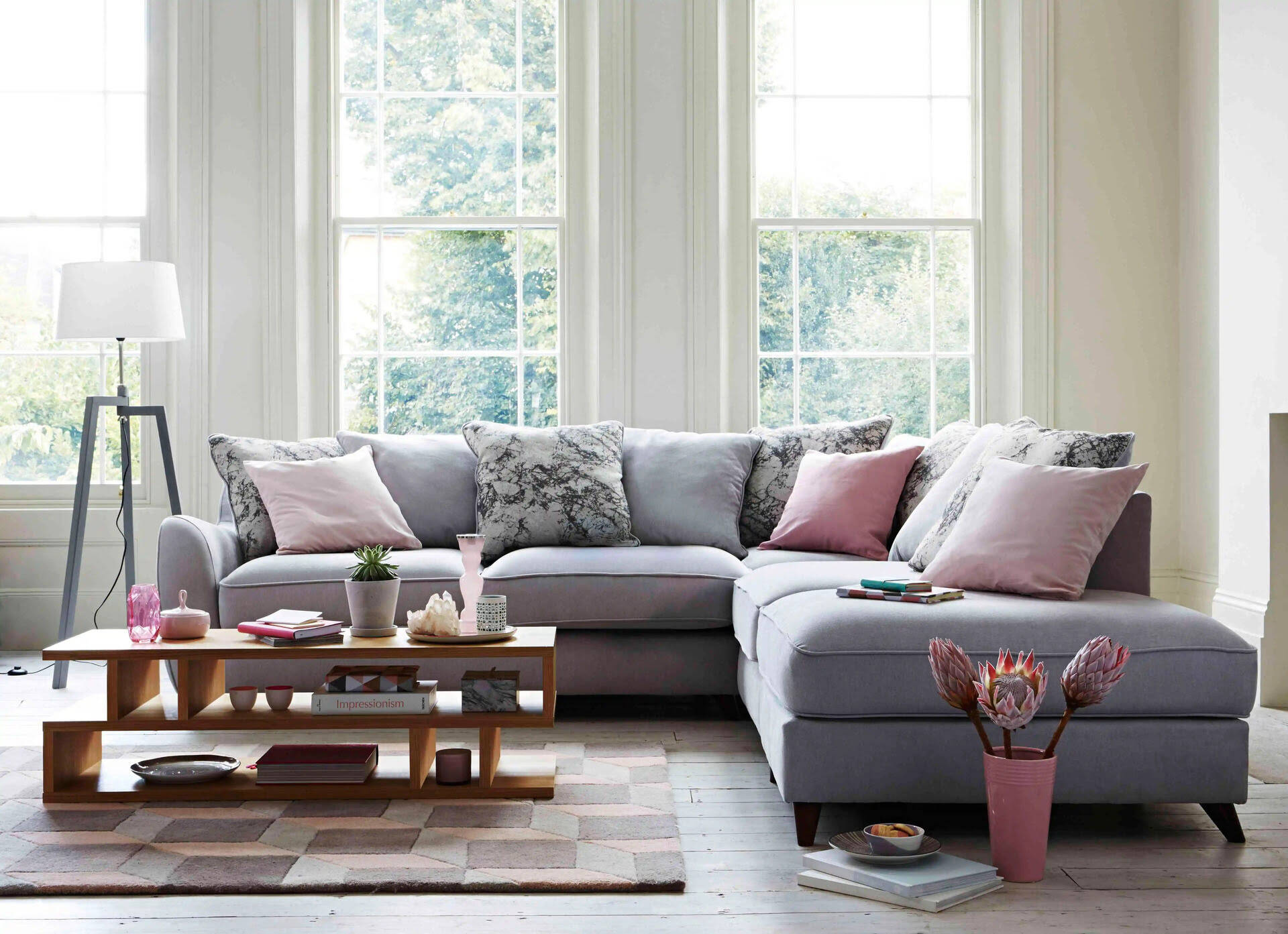
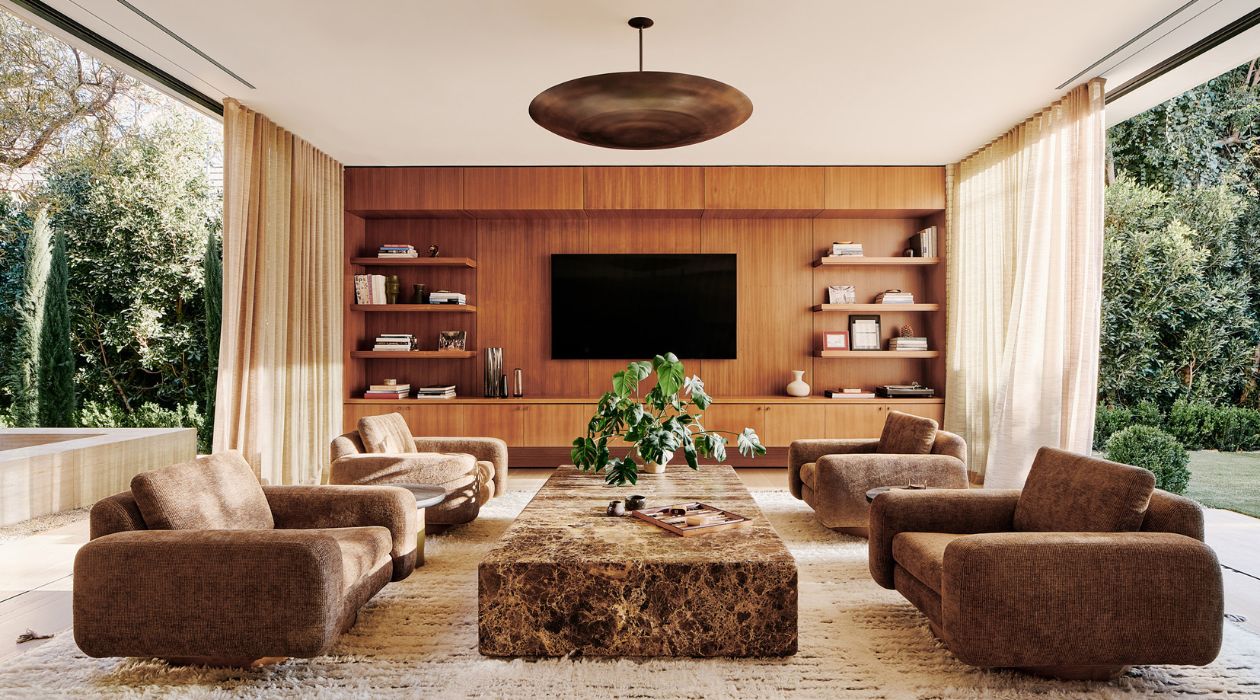

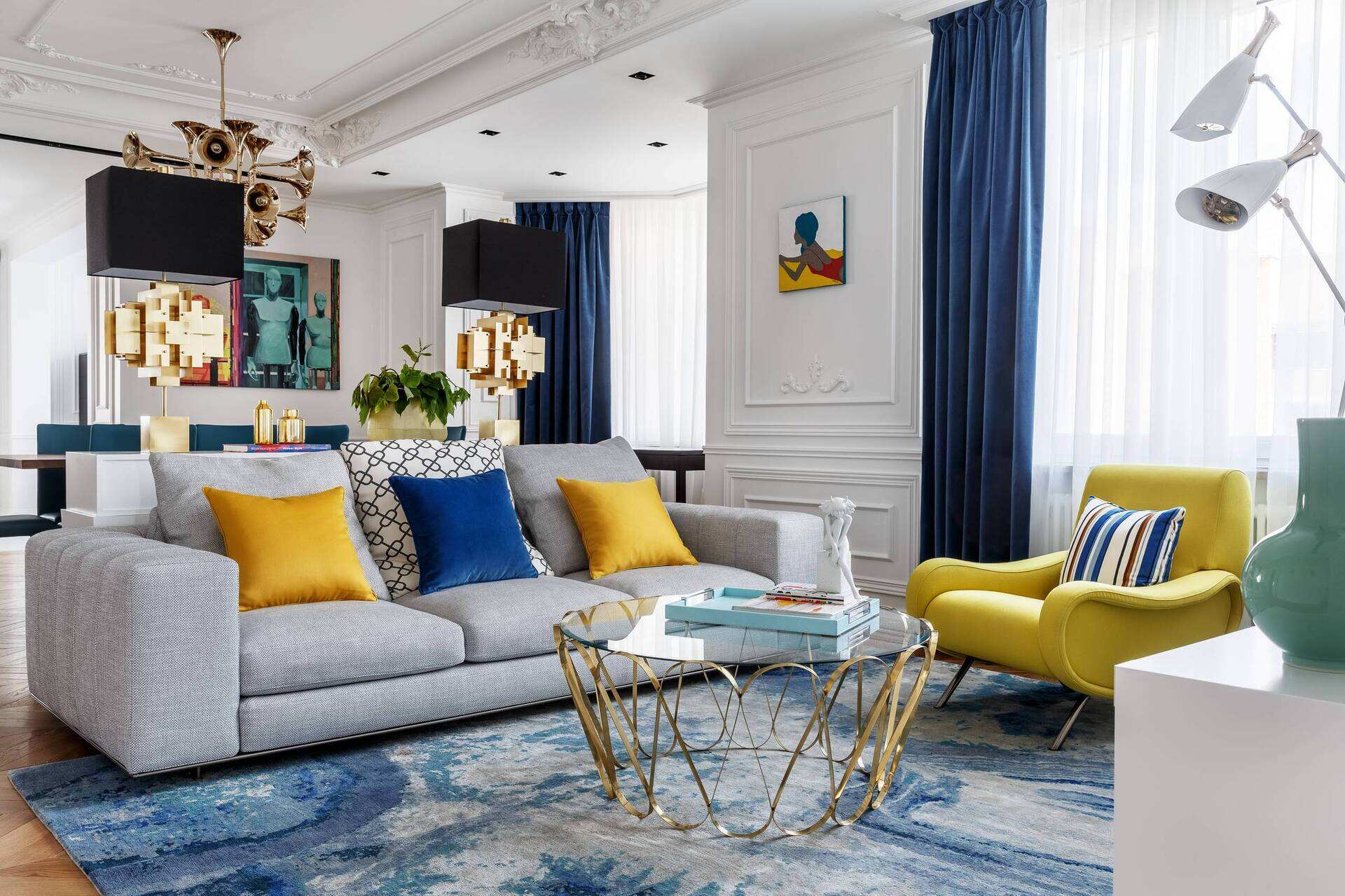
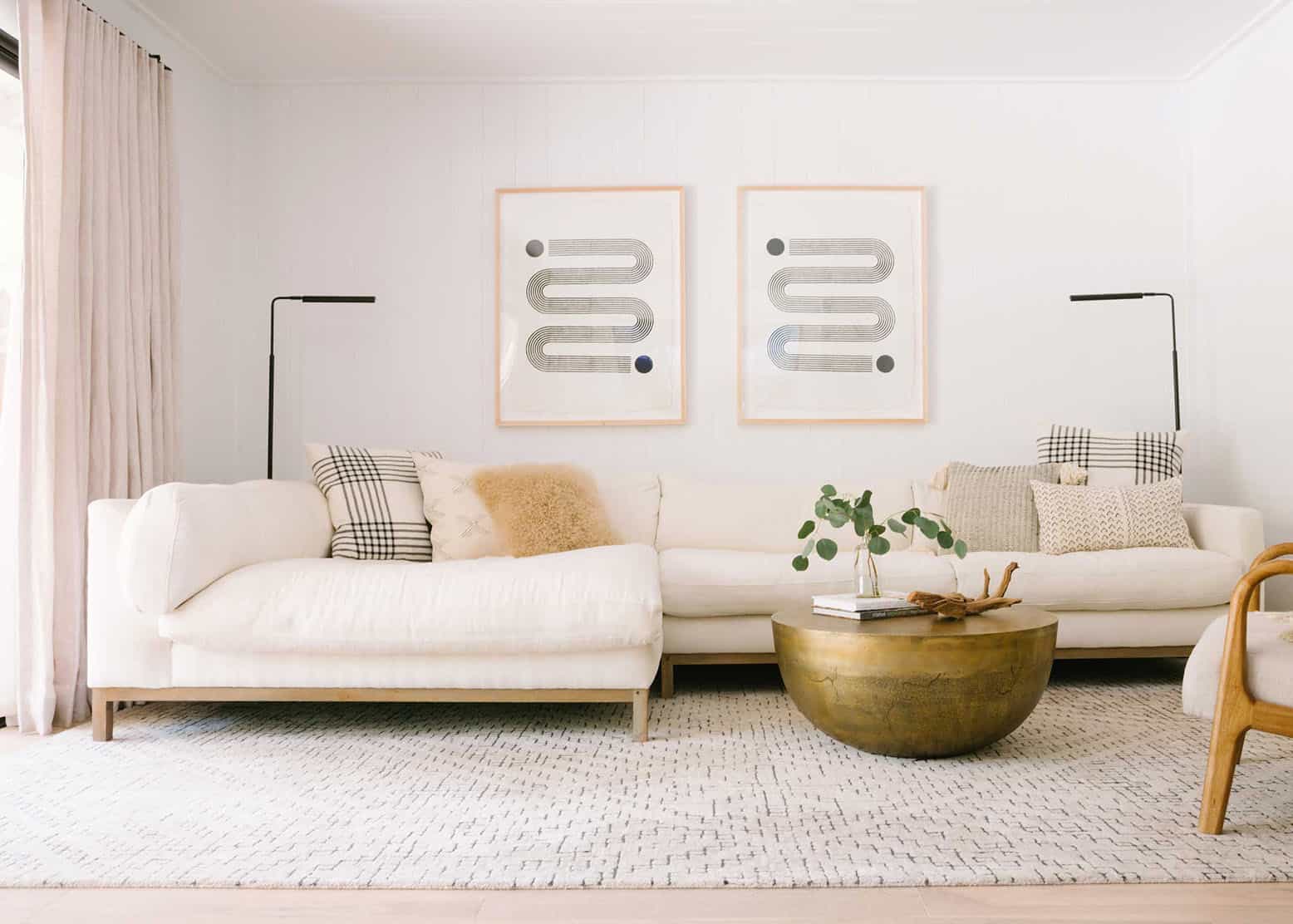
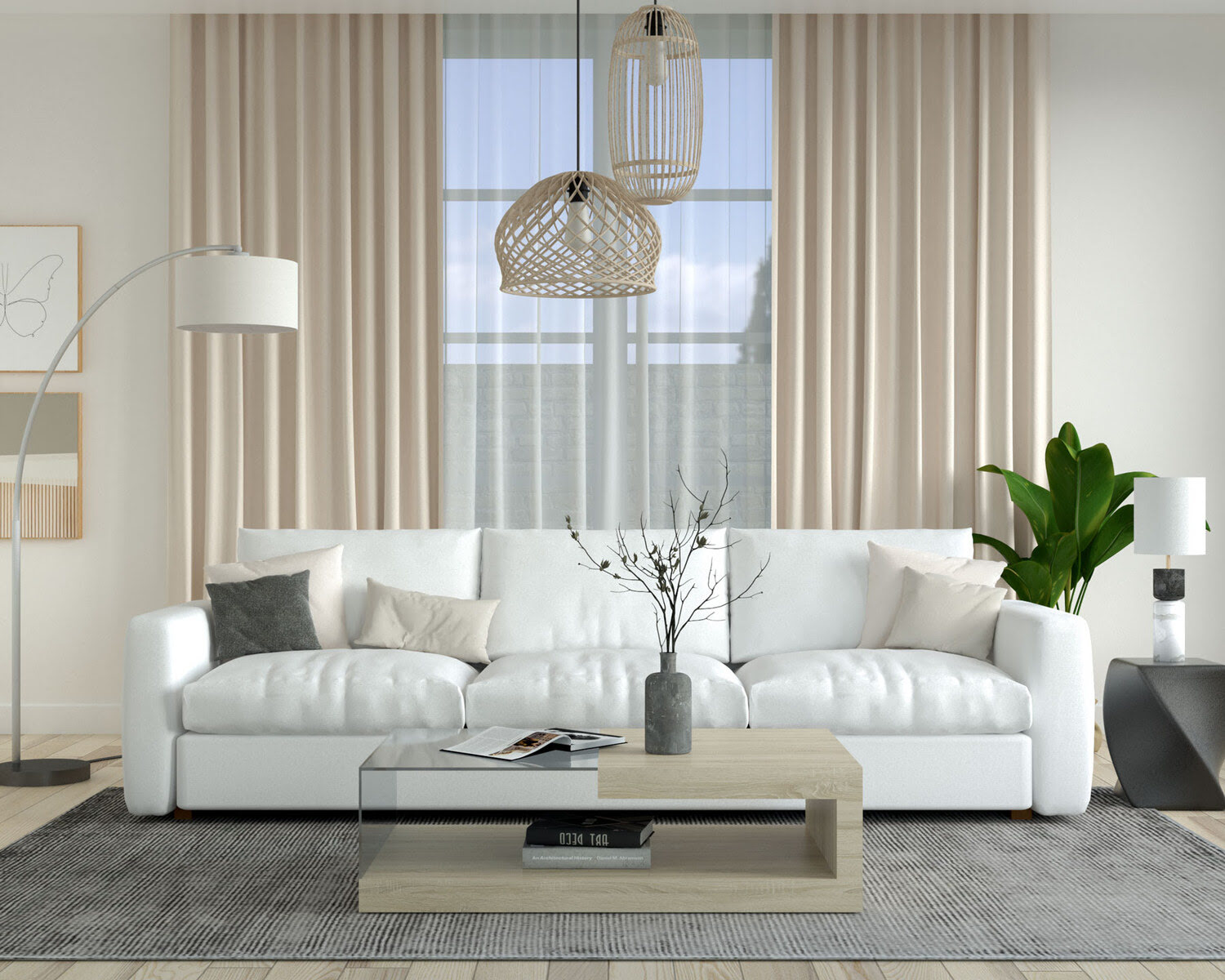
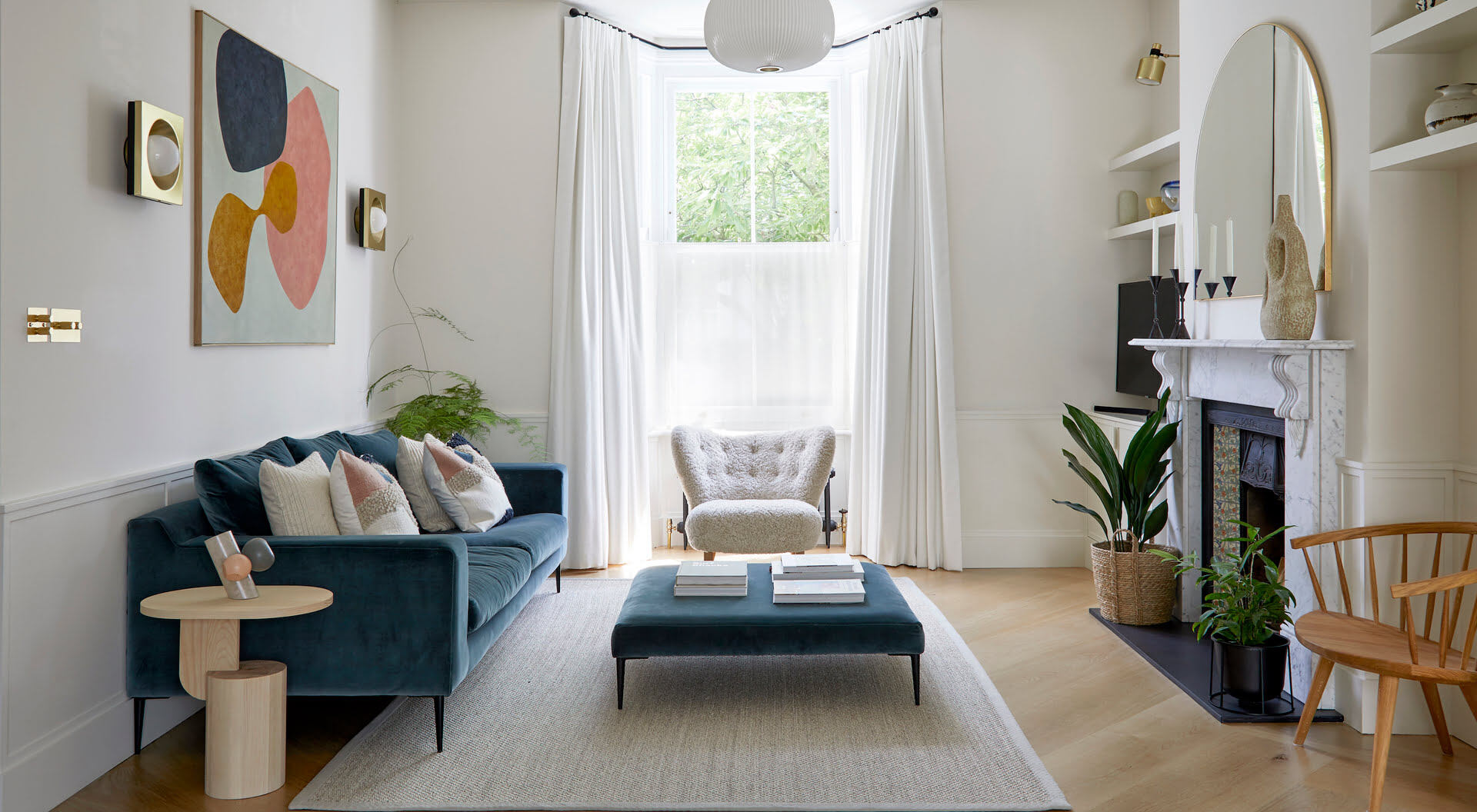
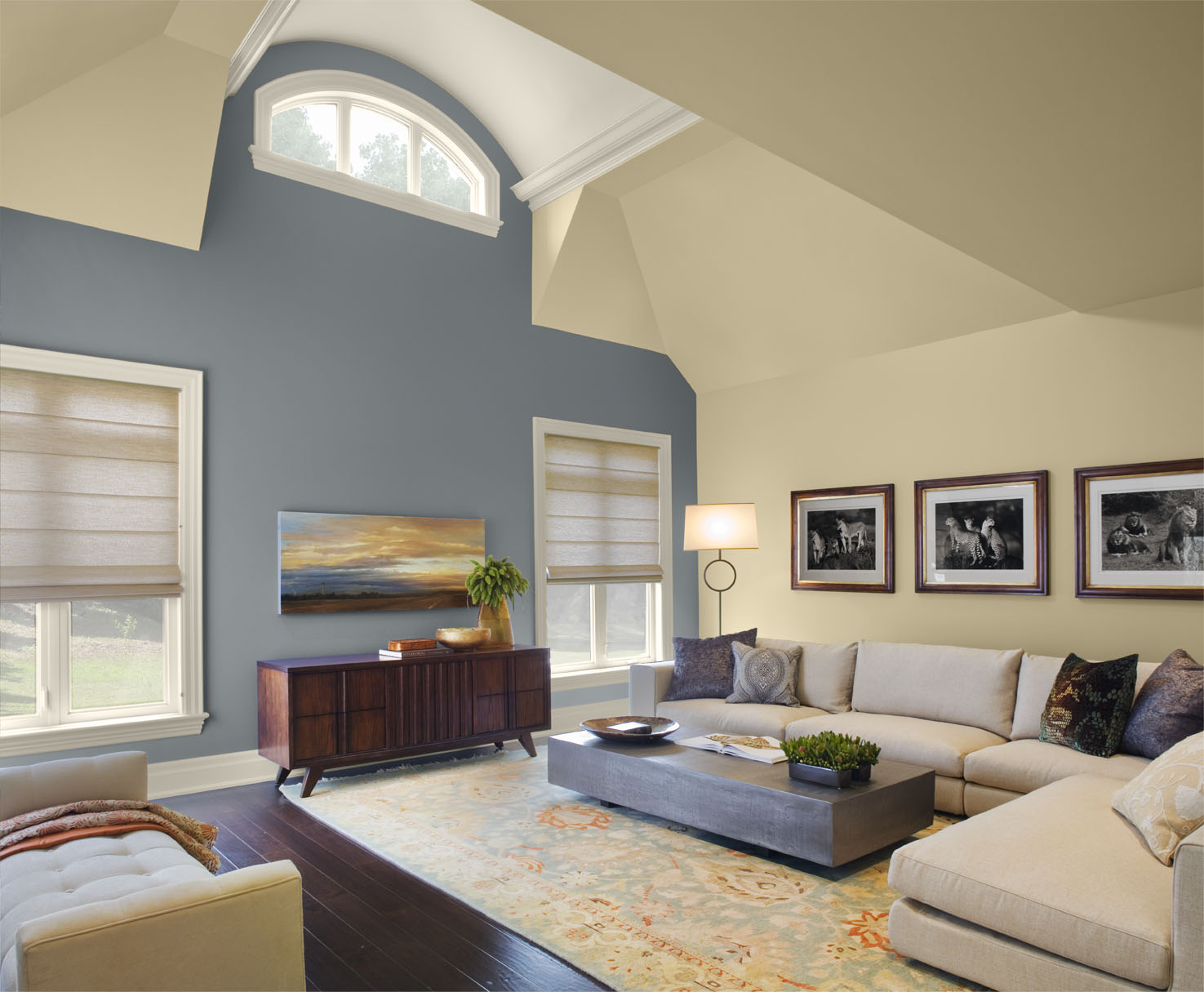
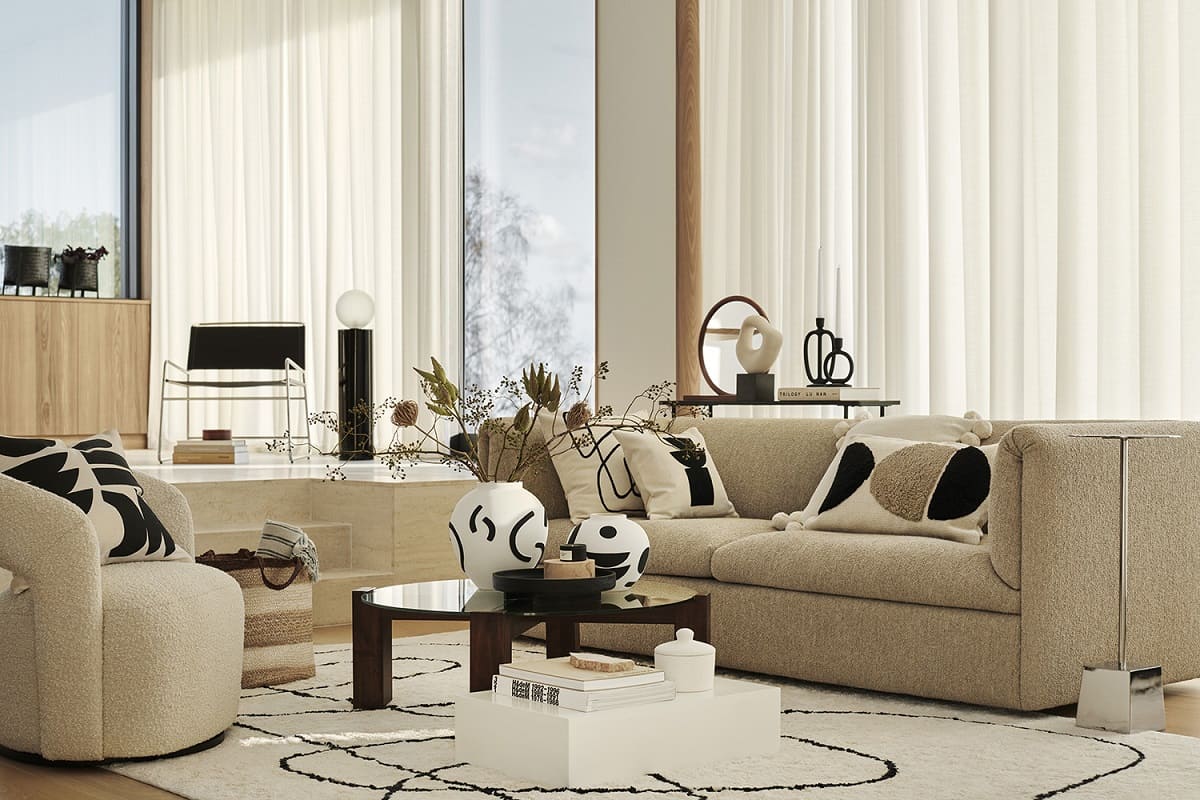
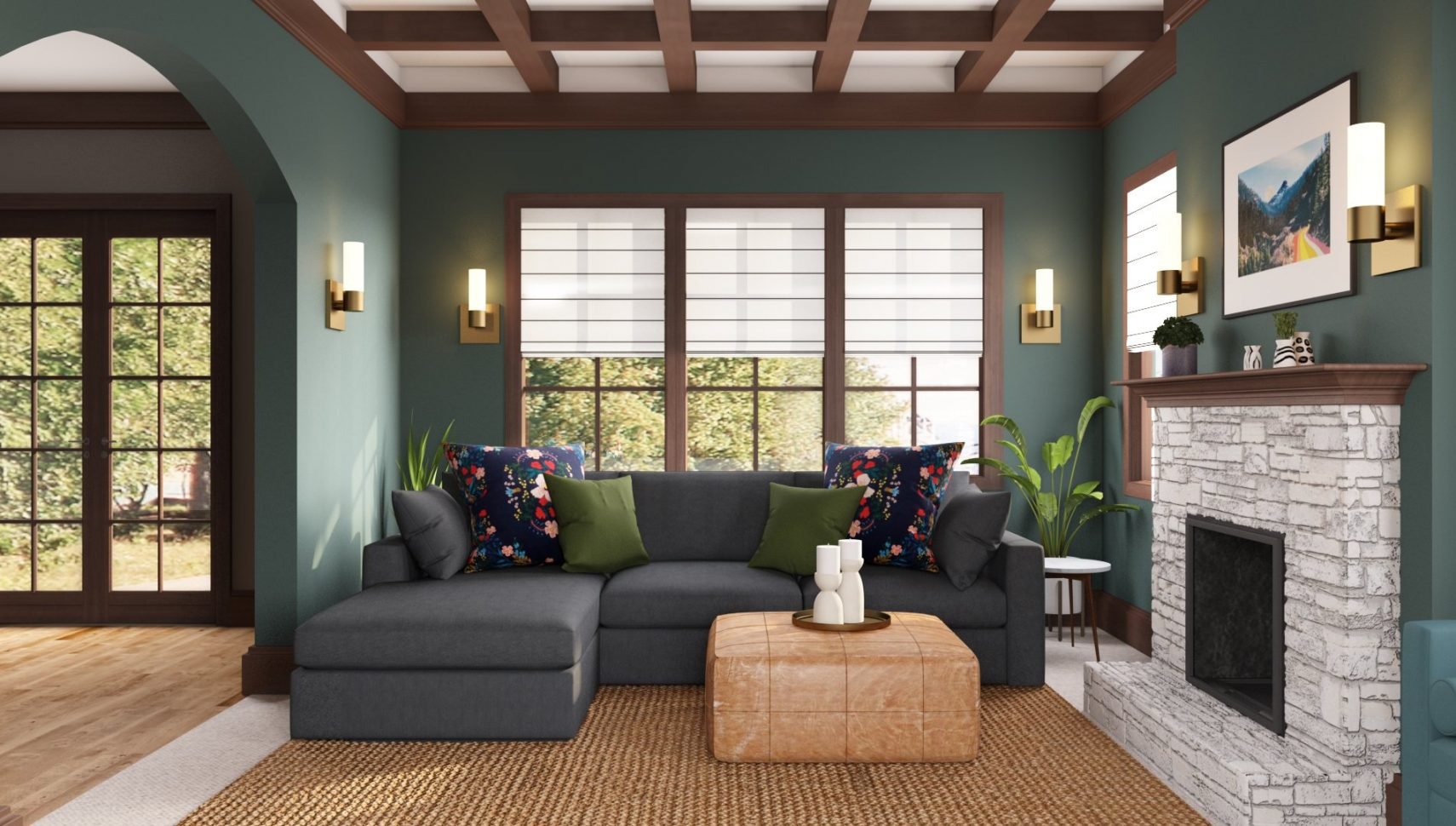
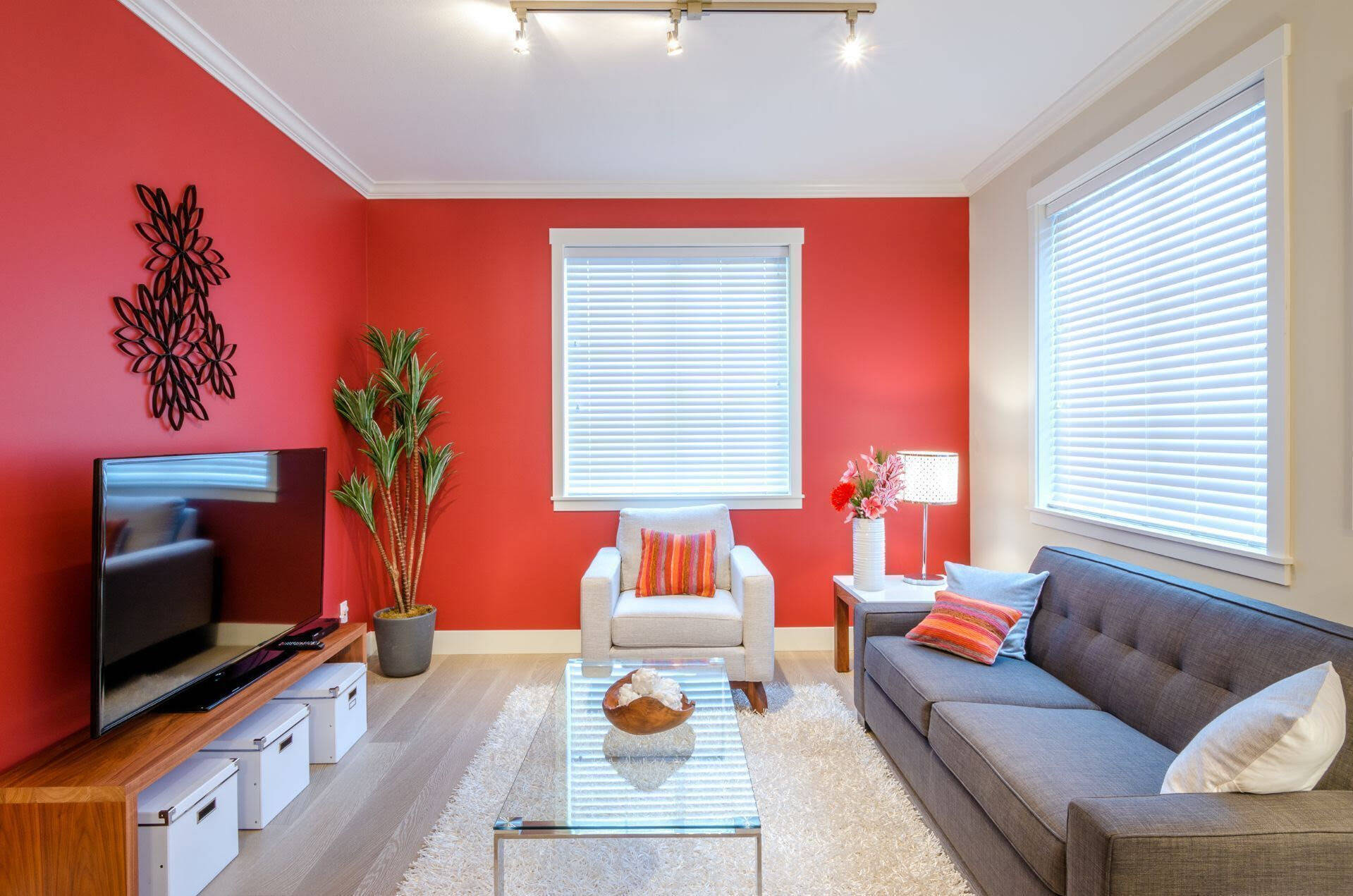
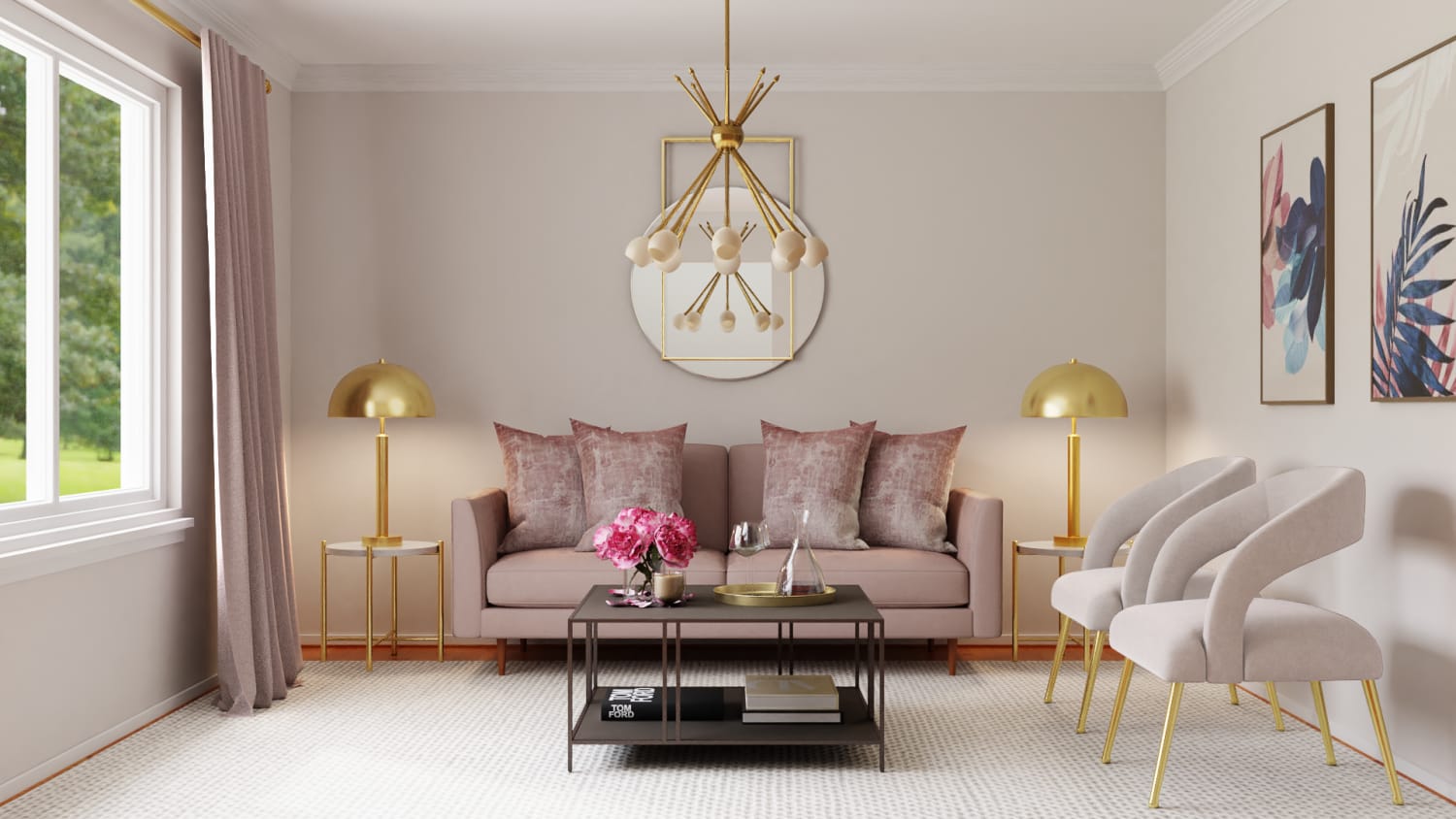
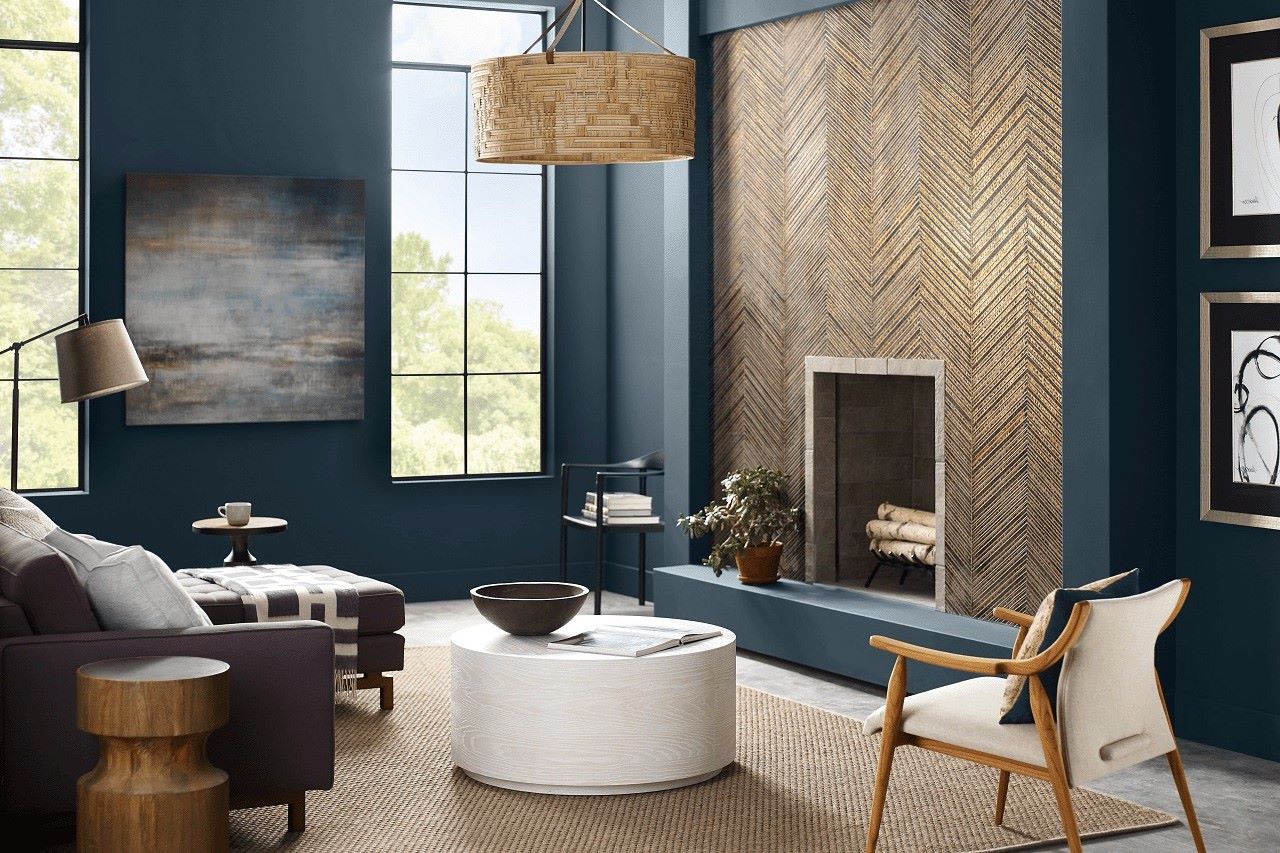
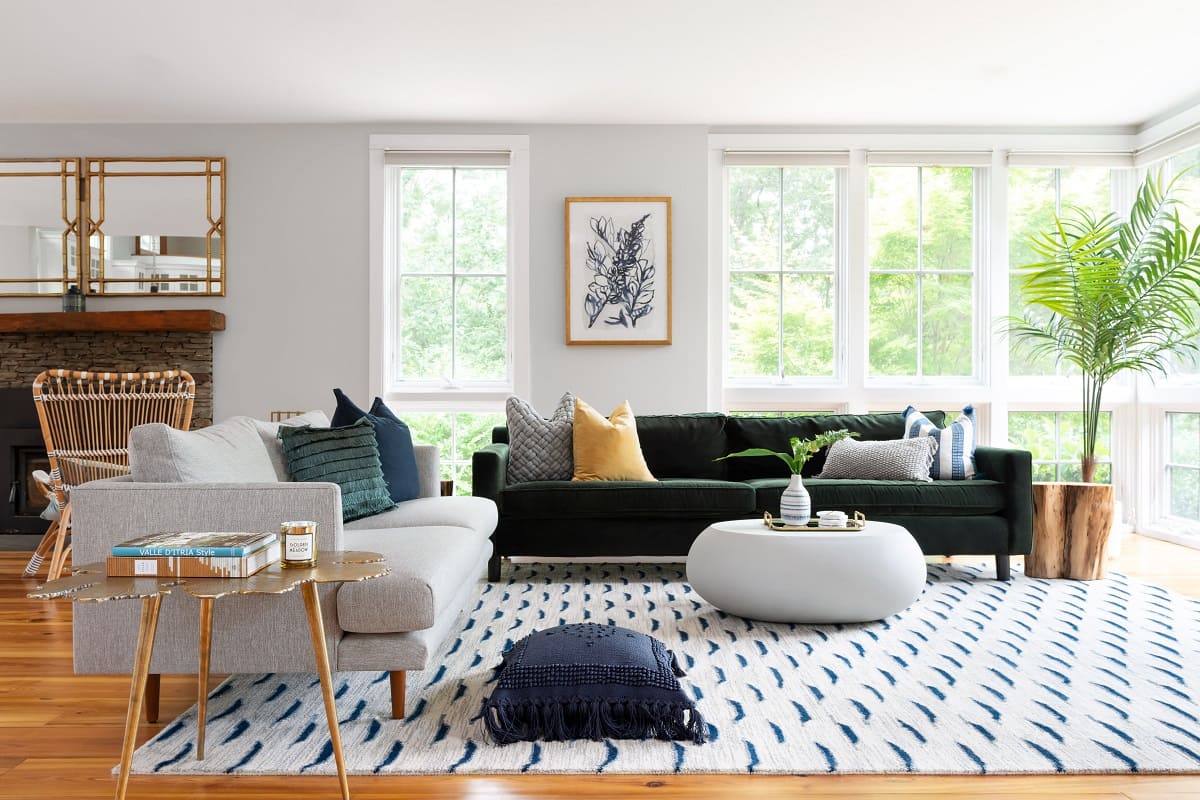

0 thoughts on “How To Add Color To Neutral Living Room”